Ixelles 1862 - 1954 Gimbergen
Profile portrait of Allah Dita, Indian soldier of the British Indian colonial army
Pastel on paper
Signed lower right, dated 1918 and located in Charleroi lower left
66 x 46 cm sheet
81 x 64 cm frame
Beautiful frame called Degas from the 1900s
Very good condition
Willem Delsaux is a Belgian painter, engraver, lithographer and ceramicist mainly known for his urban views and landscapes of the North Sea in the years 1880-1900. Like Emile Claus, the main representative of the Belgian Luminist movement, he is particularly fond of the medium of pastel for its ability to restore subtle effects of light and atmosphere and to capture all their spontaneity. In the 1900s, he shared a studio in Brussels with the painters Henry de Groux and William Degouve de Nuncques, other talented users of pastel. Subsequently, he became interested in decorative arts and particularly in ceramics, in which he became an important player by publishing numerous manuals and works. The First World War interrupted his activity and at the end he became a professor at the University of Charleroi where he taught decorative arts, drawing, painting and ceramics. He is a member of the artists' associations L'Essor, Les Indépendants, L'Estampe and the Union des Arts.
Our pastel represents an Indian soldier named “Allah Dita”. Given his name and the turban he wears, he is likely Muslim or Sikh and originally from the Punjab region, the region from which many soldiers in the British colonial army contingent came. Many Indian soldiers died on the battlefields of Belgium and Northern France because they were poorly equipped and unprepared for trench and artillery warfare. The high quality of this pastel which was drawn on the pattern (the dimensions are on human scales) as well as the rarity of the subject make it a truly remarkable work.


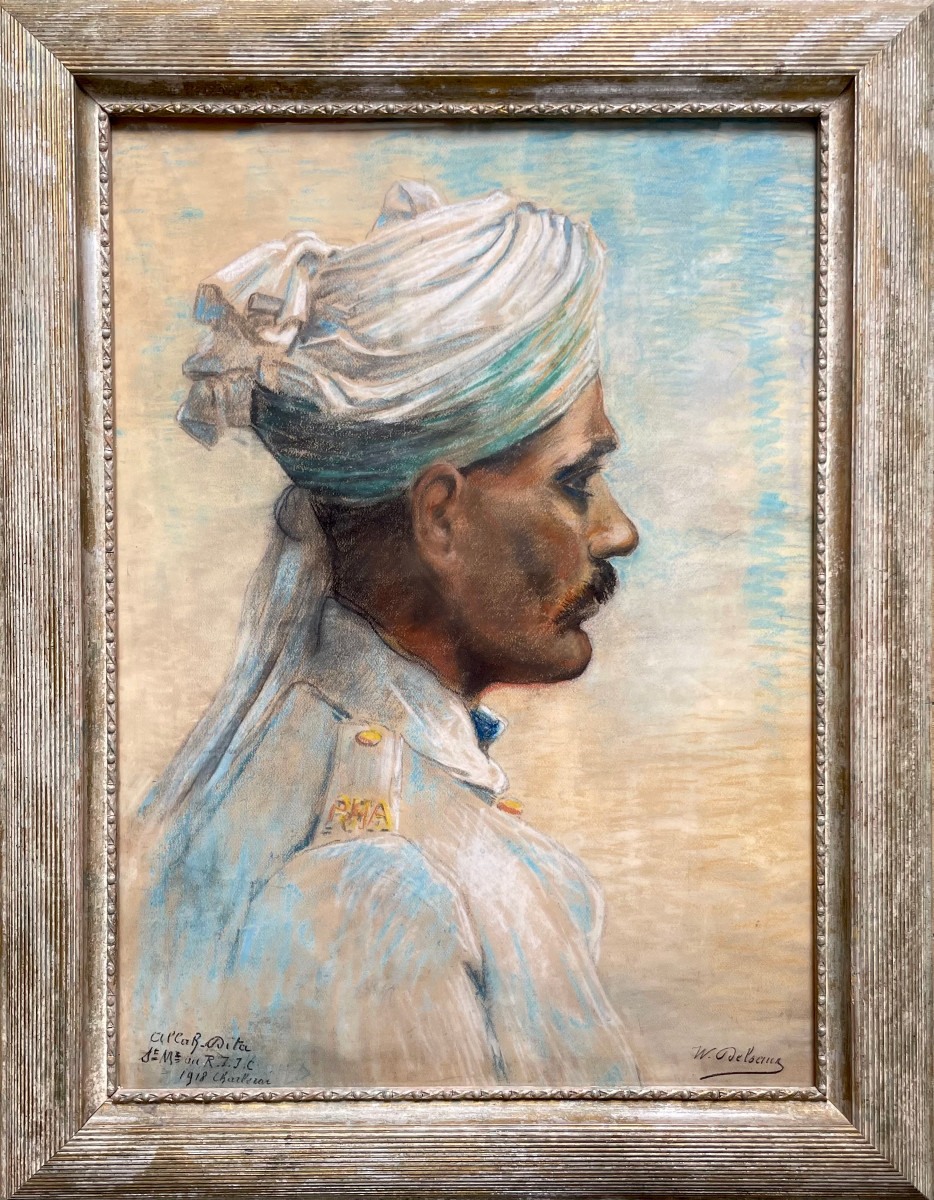
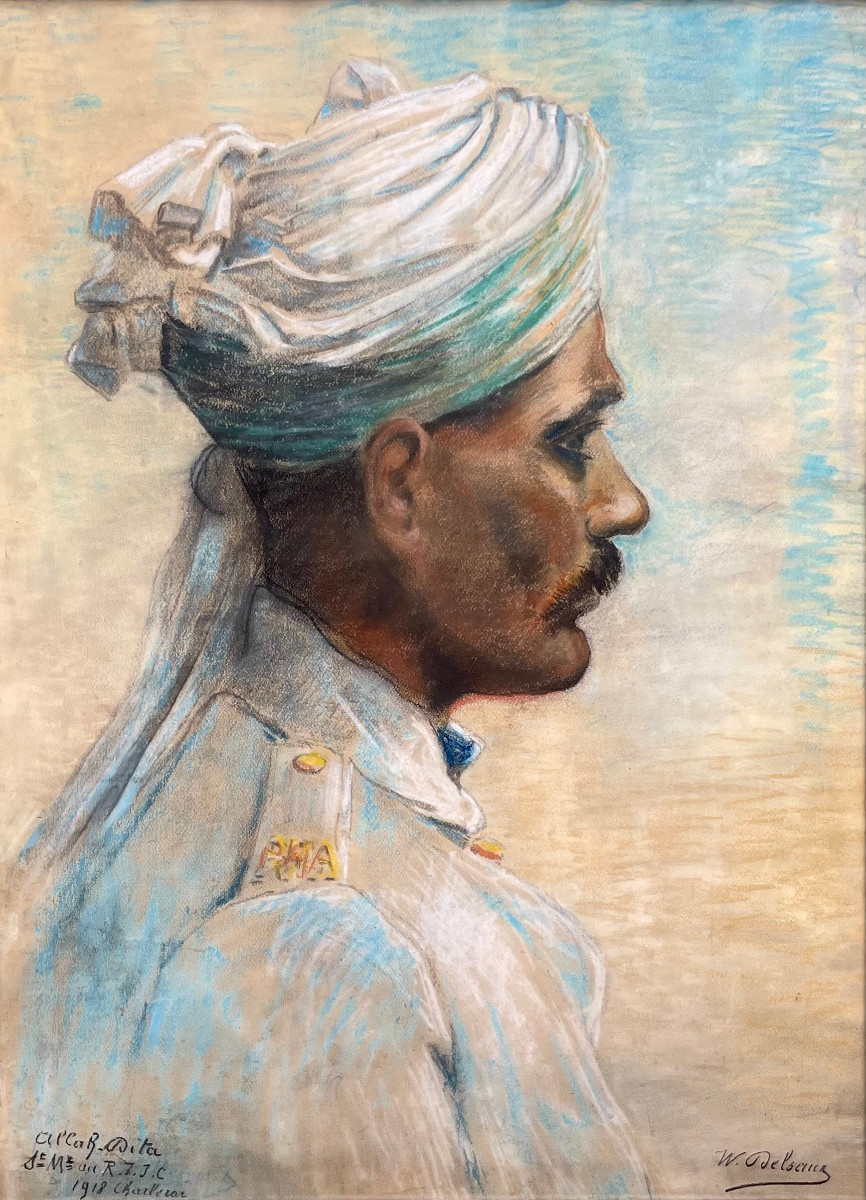















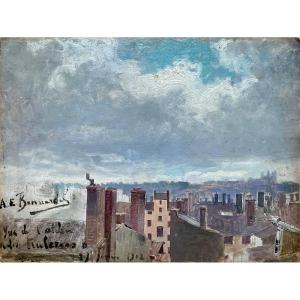


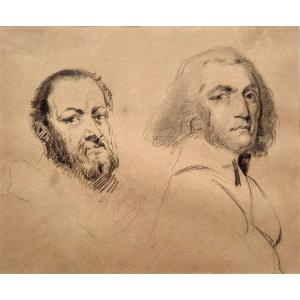
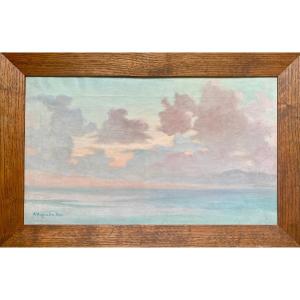
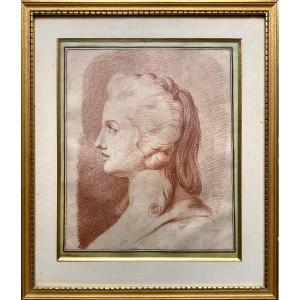


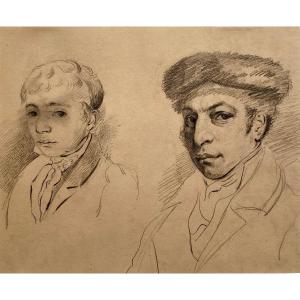
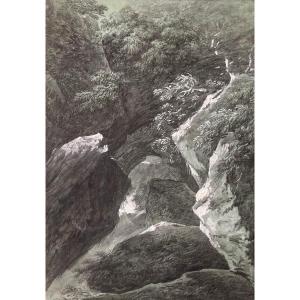
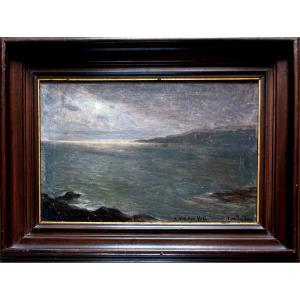


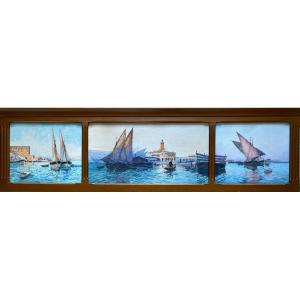
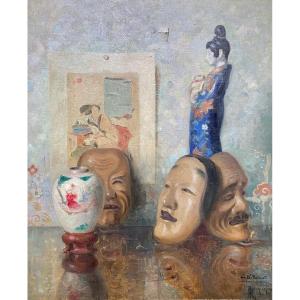


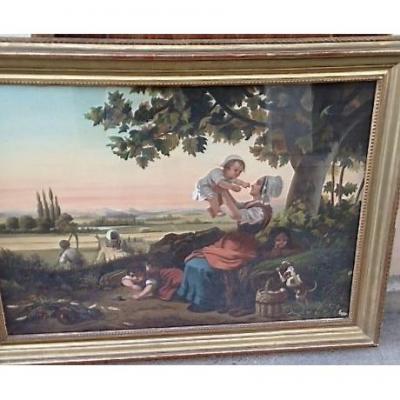
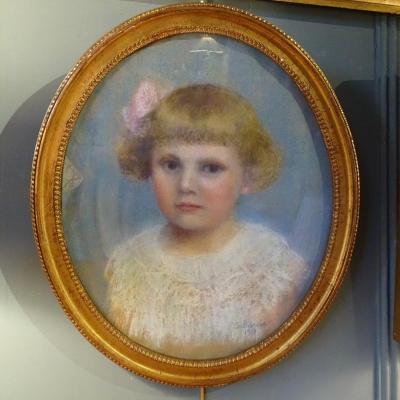




 Le Magazine de PROANTIC
Le Magazine de PROANTIC TRÉSORS Magazine
TRÉSORS Magazine Rivista Artiquariato
Rivista Artiquariato